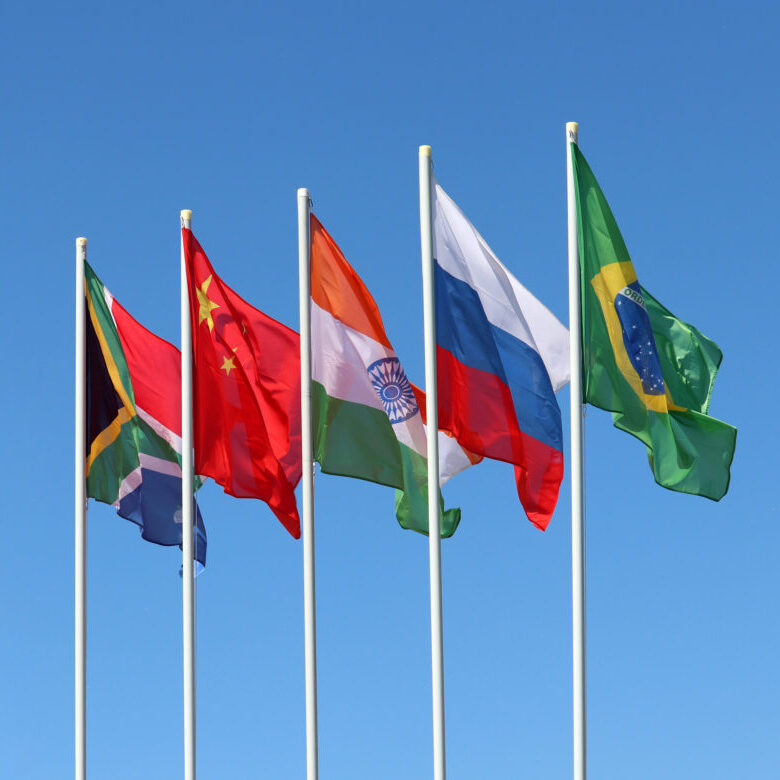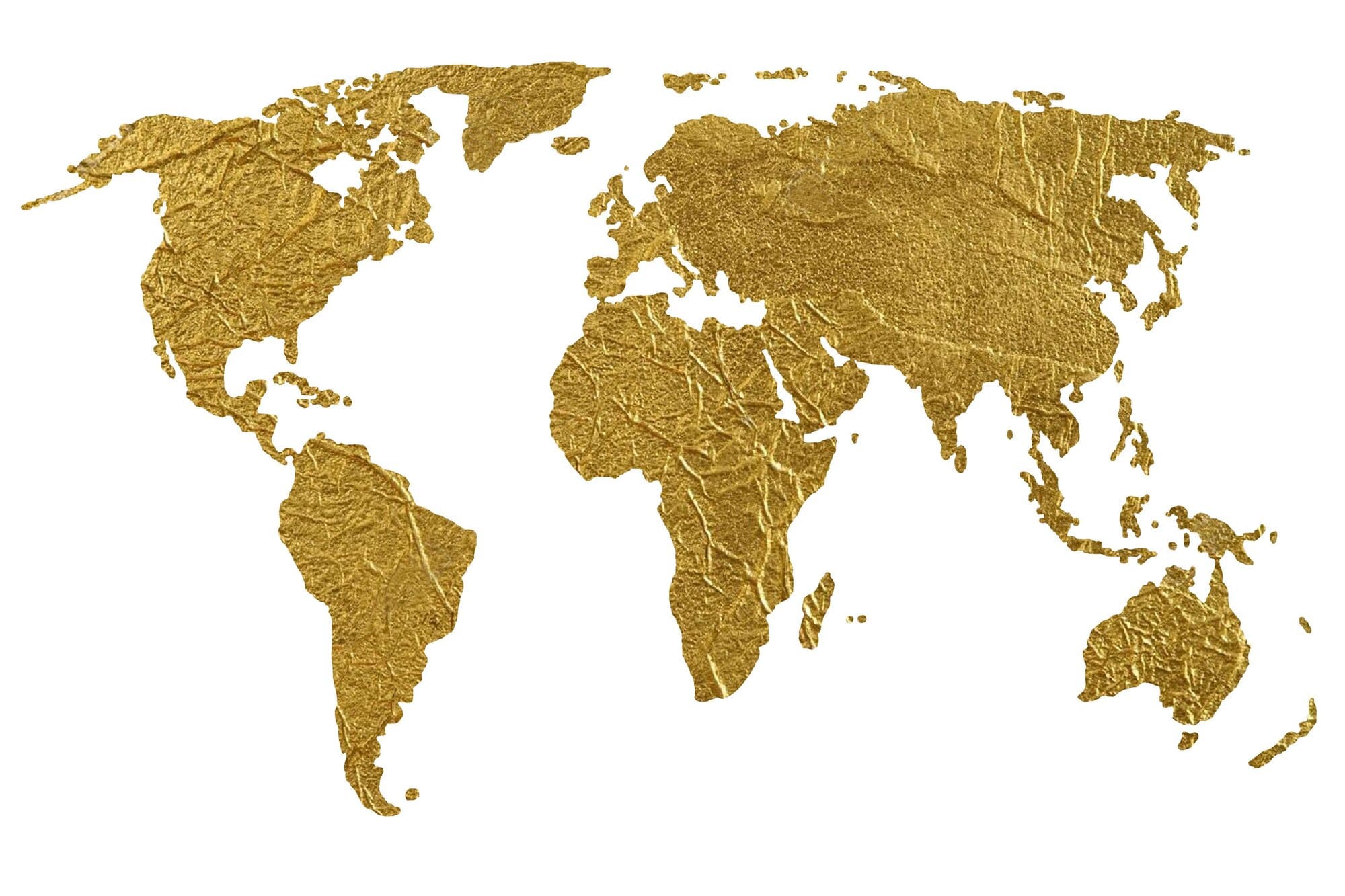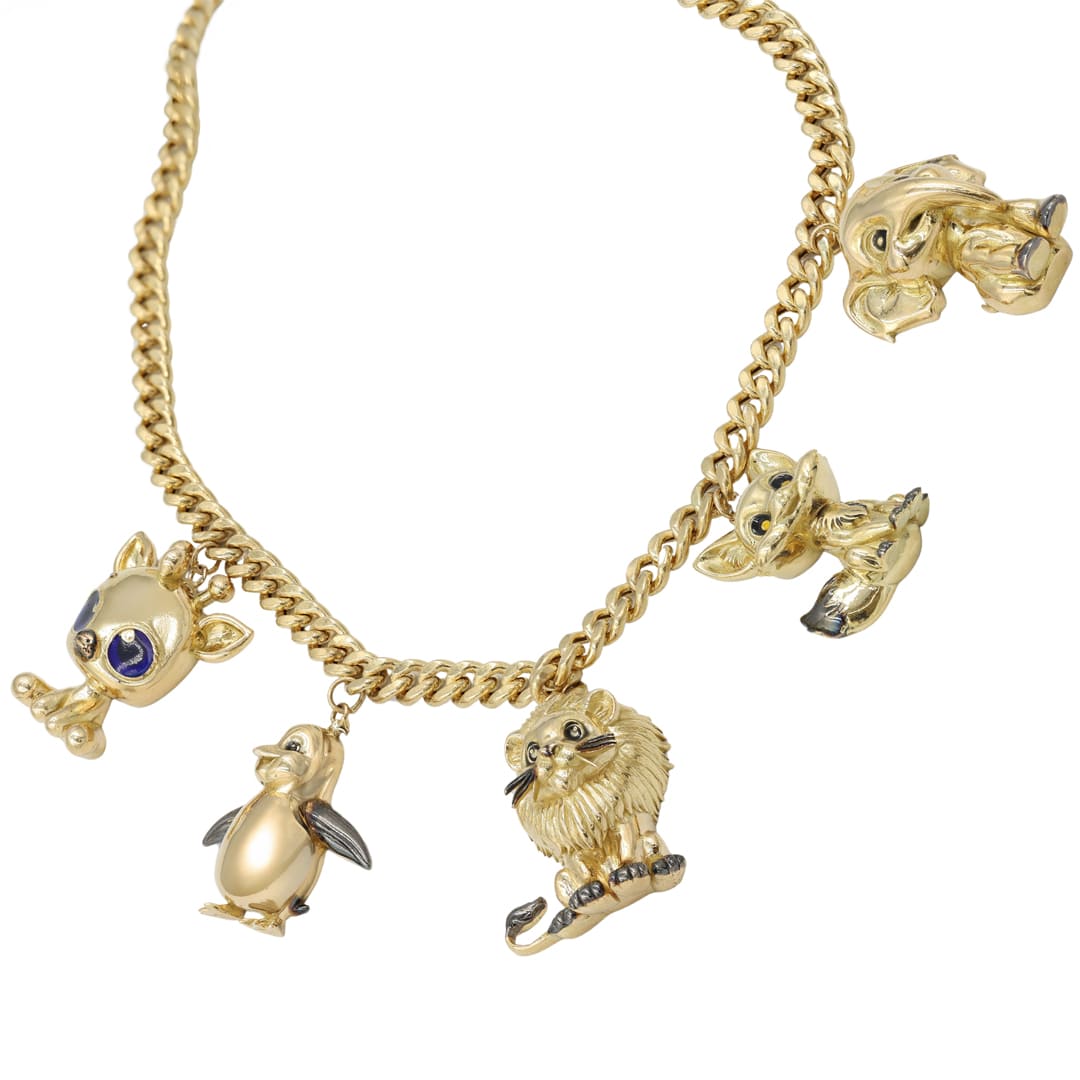
The Glittering Dynamics: Exploring the Impact of BRICS on Gold
In the world of economics and geopolitics, the BRICS nations (Brazil, Russia, India, China, and South Africa) have emerged as a formidable force. With their combined influence, these nations have the power to shape global markets and redefine the dynamics of various industries. One such industry that has been significantly impacted by the BRICS group is the precious metal market, particularly gold. In this article, we delve into the intricate relationship between BRICS and gold, exploring how these nations collectively influence gold’s demand, supply, and price dynamics.
1. Gold’s Historical Significance
Gold has been revered for centuries as a symbol of wealth, a safe-haven asset, and a store of value. Throughout history, its allure has remained undiminished, making it a sought-after commodity in both times of stability and turmoil. The BRICS nations recognize the enduring value of gold and have strategically positioned themselves within the global gold market.
2. Gold Demand and Consumption
One of the primary ways BRICS nations impact the gold market is through their substantial demand and consumption. With rapidly growing economies and burgeoning middle-class populations, these countries are witnessing an increase in disposable income and a subsequent rise in gold purchases. In particular, India and China stand out as major gold consumers due to cultural traditions, where gold holds significant cultural and religious importance.
3. Gold Production and Reserves
BRICS nations are not just consumers of gold; they are also major producers and holders of gold reserves. For example, Russia and China have consistently increased their gold reserves in recent years, aiming to diversify their foreign exchange reserves away from traditional currencies like the U.S. dollar. This strategic move enhances their economic resilience and contributes to the stability of the global gold market.
4. Geopolitical Influence on Gold Prices
The geopolitical actions and policies of BRICS nations can have a profound impact on gold prices. Geopolitical tensions, economic sanctions, and trade disputes can drive investors towards safe-haven assets like gold, causing its prices to surge. Moreover, any collective decisions or agreements made by BRICS countries can influence market sentiment and contribute to fluctuations in gold prices.
5. Gold as a Monetary Anchor
Some BRICS nations have been exploring the idea of using gold as a potential anchor for their own regional or international currency arrangements. This move could elevate gold’s status beyond being just a commodity and have far-reaching implications for global monetary systems.
6. Shaping the Gold Market’s Future
As the BRICS nations continue to rise in economic prominence, their collective influence on the gold market is expected to grow. This influence could lead to shifts in trading dynamics, influence on gold-related financial instruments, and even potential changes in the ways gold is traded and priced on global markets.
The BRICS nations, with their considerable economic power and strategic positioning, have undeniably left their mark on the gold market. Their impact spans from shaping gold demand and production to influencing its prices through geopolitical actions. As these nations continue to collaborate and assert their influence, the future of the gold market could witness intriguing shifts that ripple across the global economy. Whether it’s through the cultural significance of gold, the diversification of reserves, or their role in potential monetary reforms, the BRICS group remains a pivotal force in the glittering world of gold.







Add comment